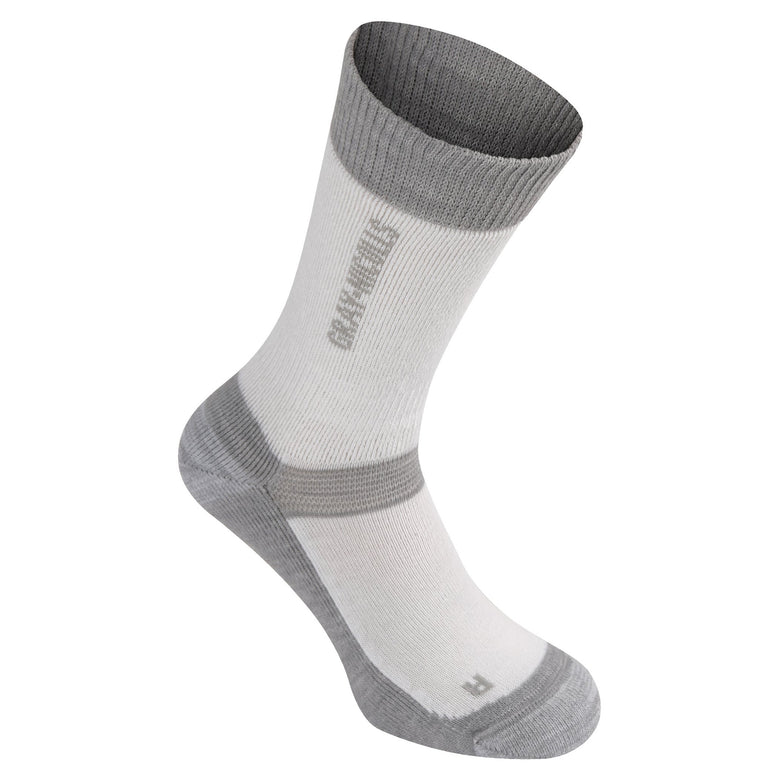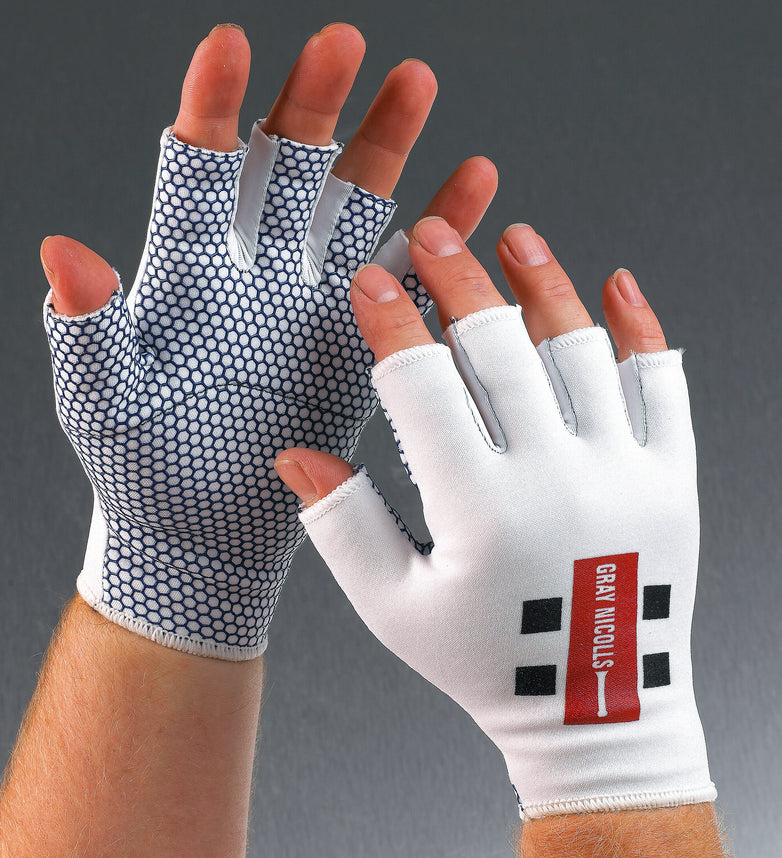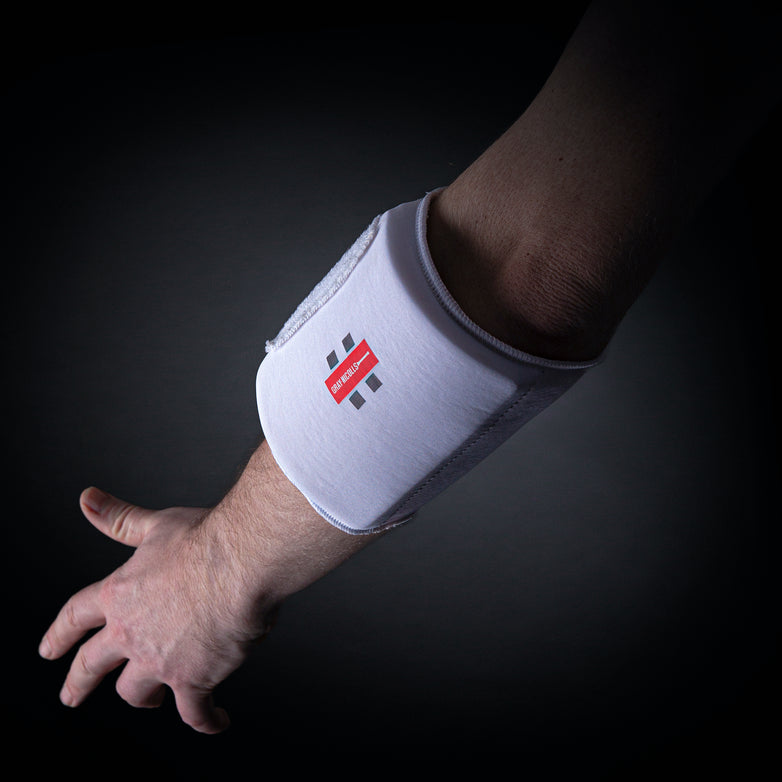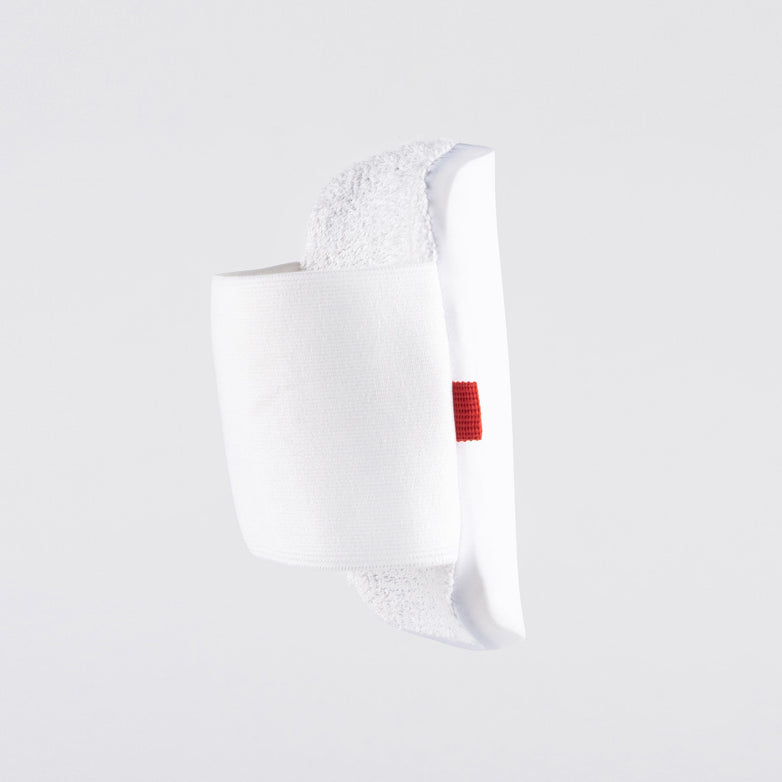Phil Walker, Editor-in-Chief at Wisden Cricket Monthly, headed down to the fabled premises of the Gray-Nicolls bat-making empire in Sussex to find out how the magic happens.
They say you never forget your first time. Mine was the Powerspot, 1994. I already had a Gray-Nics in my bag, the Ultimate (Robin Smith, Ashes ’93) had been serving me pretty well. But when I set eyes on the Powerspot, with its oval handle, immaculate curves and daringly high middle, I traded at the earliest opportunity. That bat kept me good company for the next few years.
Most cricket people have had one in their time. Gray-Nicolls bats are an indelible part of the culture. They remain at the heart of handcrafted batmaking, a byword for quality and class in an increasingly stratified world.
But while its influence stretches across the cricket-playing globe, now with workshops in Australia and India – places that adhere to the workmanship-principles which have been forged over many decades at Robertsbridge – the business maintains an organic, homespun identity. From the planting of the trees to the refining of the clefts into the final blade, it all happens here under the auspices of a team of expert craftsmen, led by Alex Hohenkerk, 16 years at the lathe, and now master batmaker at the Gray-Nicolls stable.
“It’s one of those firms, a long- running family firm where, if you invest the time and effort into it, you can see things change and grow,” Hohenkerk adds. “I picked up an ethic from these older guys that were here when I started, four of whom cracked 50 years with the firm. They were some of the best in the business, quietly going about their work in a sleepy village in Robertsbridge. That left a big impression on me.”
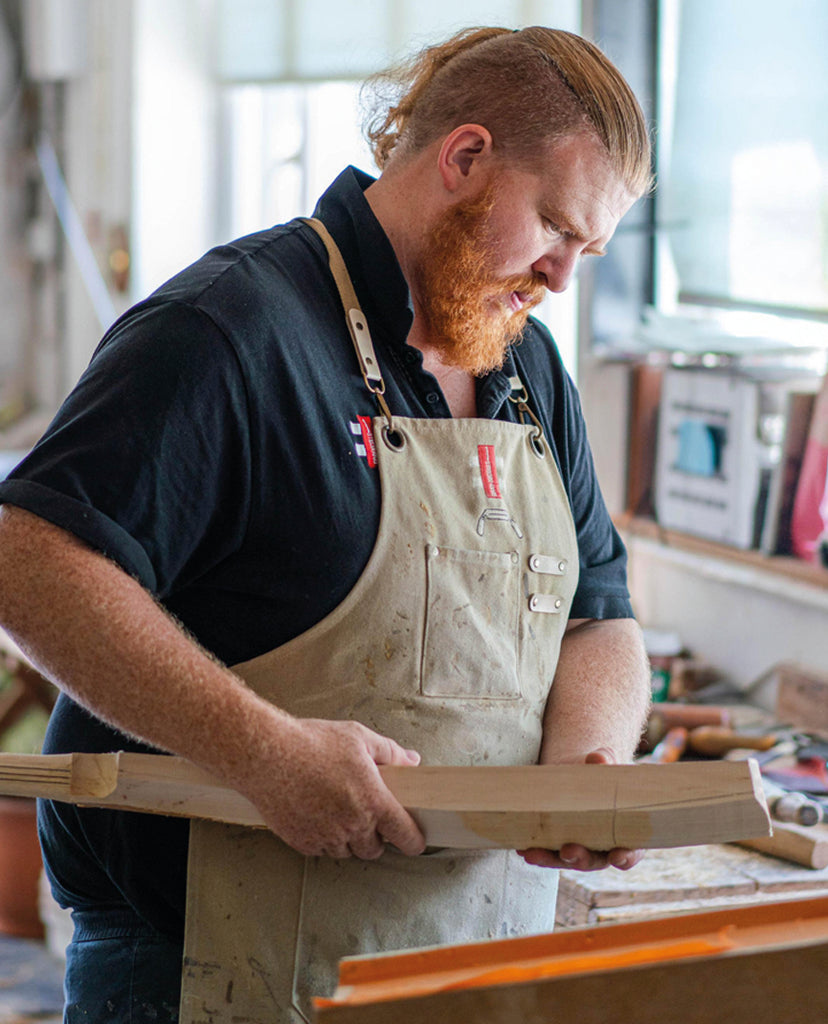
WCM spoke to Richard Gray, commercial CEO, about his life-long association with Gray-Nicolls, the role it plays in the game’s ecosystem and its extraordinary durability.
WCM: You joined Gray-Nicolls in 1994, the year of the Powerspot! Can you take yourself back to ’94 and describe what this place was like back then?
Richard Gray: Going back a couple of years before that, we were still up in an old chicken farm up on the hill up the road from here. The main office was up in Cambridge, but by ’94 there was an office here, and funnily enough, that year Brian Lara had just broken the record with his Gray-Nicolls Scoop. And that had really started to put the brand back on the map after a couple of difficult years. The company was back on the up, and Lara was really leading the way for us.
WCM: How does it compare, the Nineties version of the cricket batmaking industry when you started to the one we have now?
RG: When I started it was a very different industry, it was dominated by the English-based brands, but a lot of those have fallen by the wayside in recent years. And now, the industry is far more affected by what’s going on in India. And we’ve deliberately worked to develop our own operation to meet these challenges, just as we set up our Australian factory back in the Seventies. We set up a base in India about 20 years ago with a view to developing in the Indian market. Essentially, it’s a much more international market than it used to be.
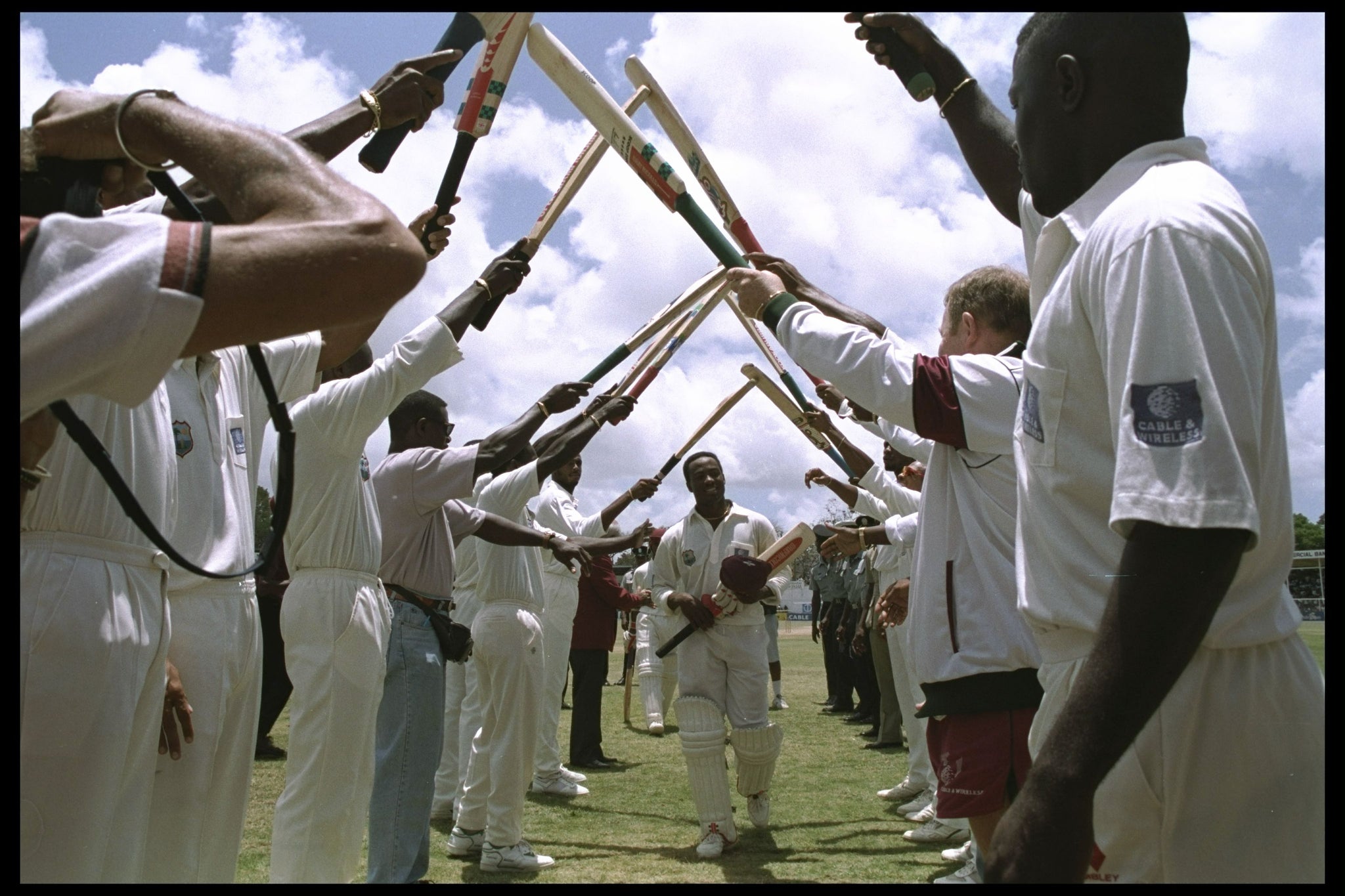
WCM: So Gray-Nicolls was ahead of the curve, in the sense that you were aware that the game was expanding, and you had to expand with it.
RG: Yes, and actually going right back to my grandmother, just after the Second World War, when things were obviously very difficult, the decisionto merge with Nicolls to make Gray- Nicolls was very foresighted. They started sponsoring international cricketers at that time. I think at one time we had the captain of every tier-one Test playing nation using Gray-Nicolls.
WCM: Tell us the origin story of Gray-Nicolls, how it came to be.
RG: So Grays was founded in 1855 by my great great grandfather, who was world racquets champion at the time and also a very good cricketer. He actually played for the 22 of Cambridge against an England XI. He expanded from racquets to cricket bats, and developed a very good reputation in the Cambridge University area – Ranji used Grays’ bats. At the similar time, Nicolls was a local carpenter in Sussex who started his own factory in Robertsbridge, where we are today. And again, strangely, Ranji also used his bats, which was very common in the time to switch around between brands. But then WG Grace used Nicolls to get his hundredth hundred, so I guess the two brands were equally prominent in cricket in those early days, in the Golden Age of cricket. Over time, it stayed local. Things got difficult around the First World War, and the crash of the Twenties, which led to the condensing of the industry in the Second World War, which was when my grandmother merged with Nicolls, signing the deal in the back of a London taxi!
WCM: Do you feel like Gray-Nicolls is held to a certain standard because of its name and its history?
RG: I think so, without question, and we’ve obviously been proud to try and combine that heritage with innovation, but also keeping the quality going. We grow and fell all our own willow for that very reason, so you’ve got control over the raw material.

WCM: And you have a number of spaces around the country?
RG: Yeah, mainly in the south, so if you draw a line from the wash down to Bristol, mainly right south of that line, but there are trees north of the line as well. And that’s obviously the key component of a cricket bat, so if you can get that right, you’re halfway there.
WCM: And how does the business adjust to the cost-of- living challenges that people are experiencing at the moment?
RG: So Gray-Nicolls has always been a premium brand, we’ve always been at the top-end of the game and that’s how we set our pricing strategy for the future. But you’re right, you have to be mindful of the fact that to keep the game going, you’ve got to have affordable options. That’s the reason why we got involved some years ago with the Kwik Cricket programme with the ECB, which has now morphed into other programmes. At the time Kashmir bats were very popular, so we did quite a lot of work in producing an affordable Kashmir range. And the latest challenge is to find affordable options, particularly for the junior market, as willow gets more scarce and more expensive. So that’s a big challenge.
WCM: The willow situation then. Willow’s becoming more scarce, and it’s not cheap. There has been research done into the use of bamboo to make cricket bats, with the MCC stating that bamboo bats could make a viable and ethical alternative to willow. Where does Gray-Nicolls stand on the twin questions of the scarcity of willow and the possibility of alternatives?
RG: The two are interlinked. The good news is we control all our willow. We are in the process, and have been for many years, of expanding the number of trees that we’ve got in plantation, but obviously, a willow tree takes 20-25 years to grow! So it’s not something you can fix overnight with the increasing demand worldwide. But that’s in hand. We’re also in discussion with MCC on the whole possibility of bringing in alternative materials longer term. And shorter term, MCC have already amended the rules to allow lamination to be used in junior bats, so that’s something that we’re looking at very carefully indeed, because that means you can get more yield out of a willow tree by using smaller strips of willow to make a bat.
WCM: Do you think it’s inevitable that the restrictions will be loosened regarding what constitutes a cricket bat?
RG: I think at certain levels of the game, it will probably have to, just on a numbers basis. Because if there are more people playing cricket, especially in the Indian subcontinent, then there aren’t enough trees to meet that demand, and therefore something’s got to give. I suspect that you’ll still have willow down to a certain level in the game and then alternative materials will be allowed below that. That would probably be the sensible way to go.
WCM: What does the landscape look like for Gray-Nicolls in the coming years?
RG: I think cricket has got a bright future. Just look at the rapid growth of the women’s game, which obviously means, you know, potentially twice the number of players playing cricket. So I think that’s really exciting. I think the whole willow discussion will be interesting to see how that develops, but I think we’re well placed to go whichever way the game decides to go on that. I think the future’s bright for us and for cricket more generally.






































































